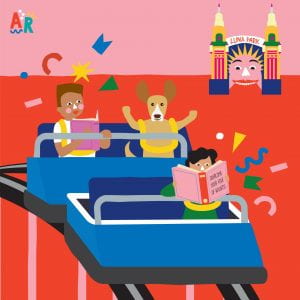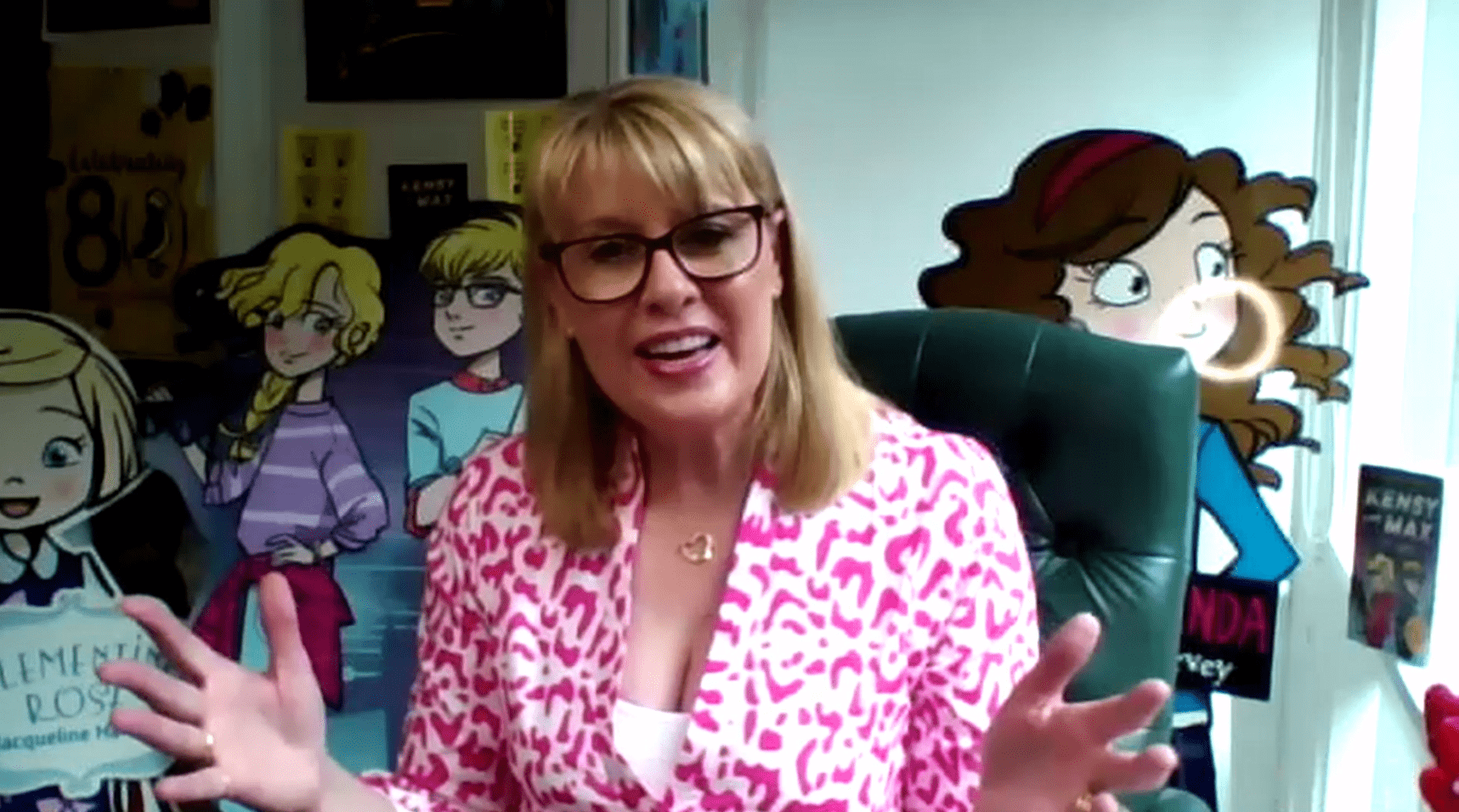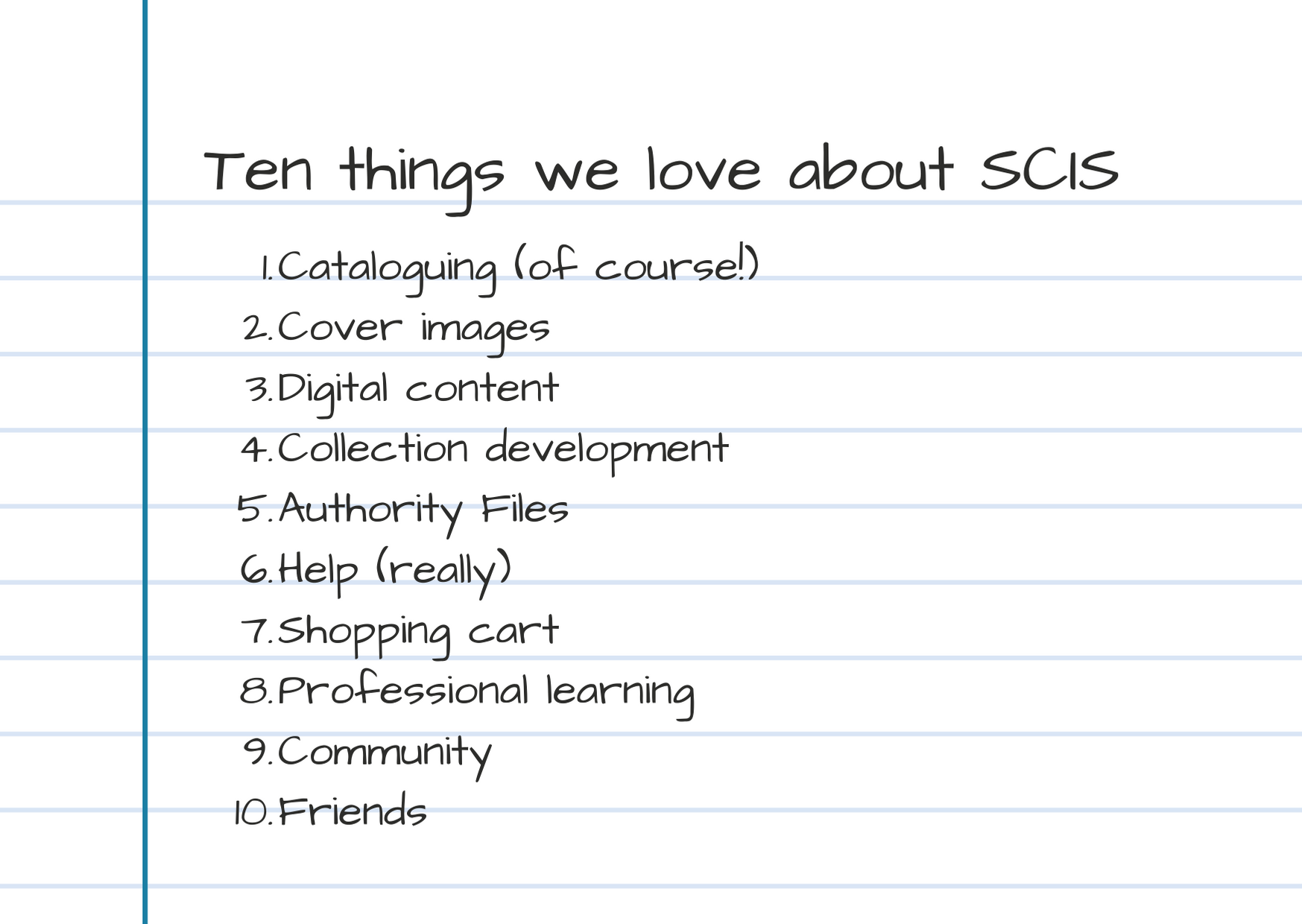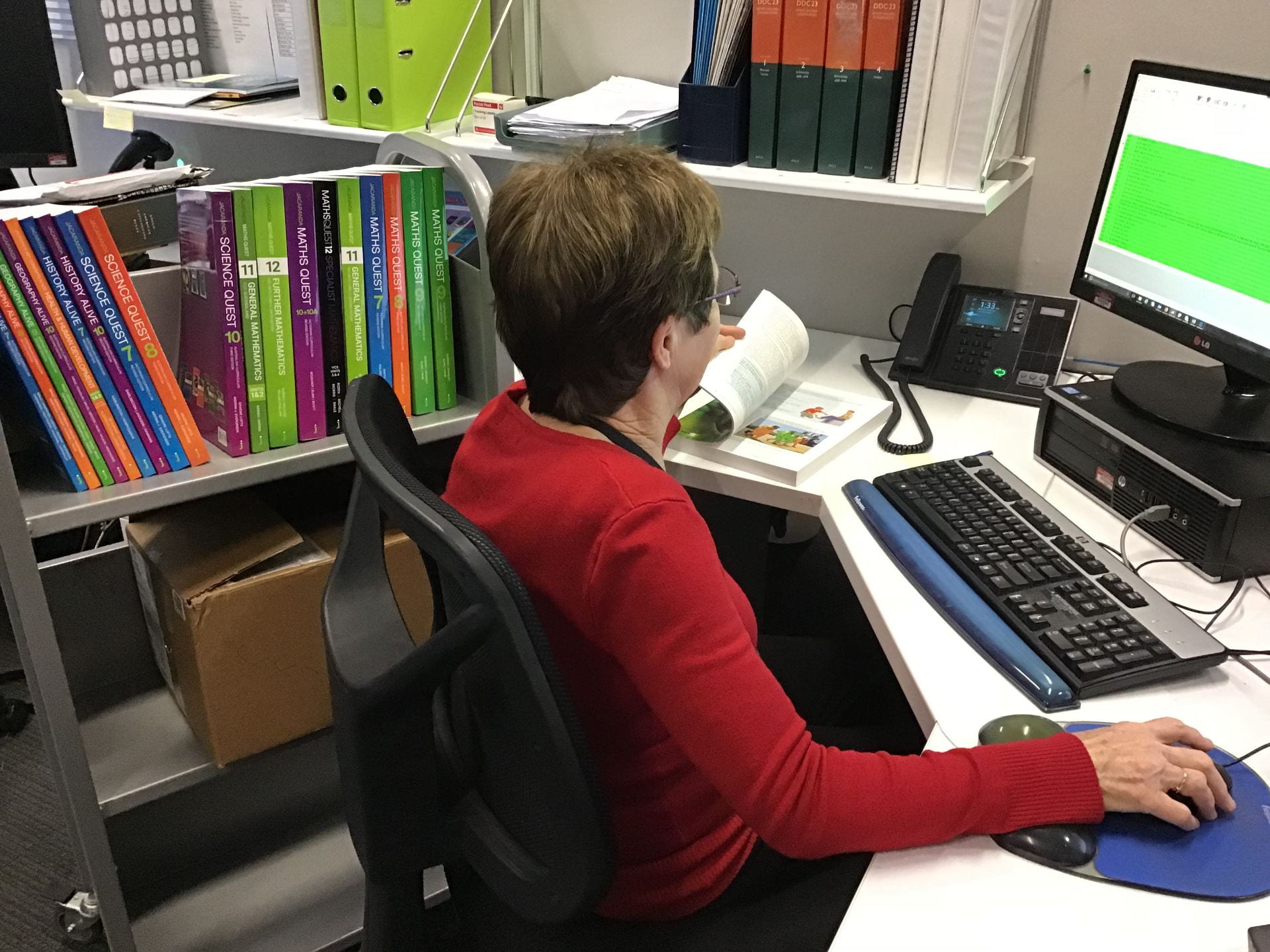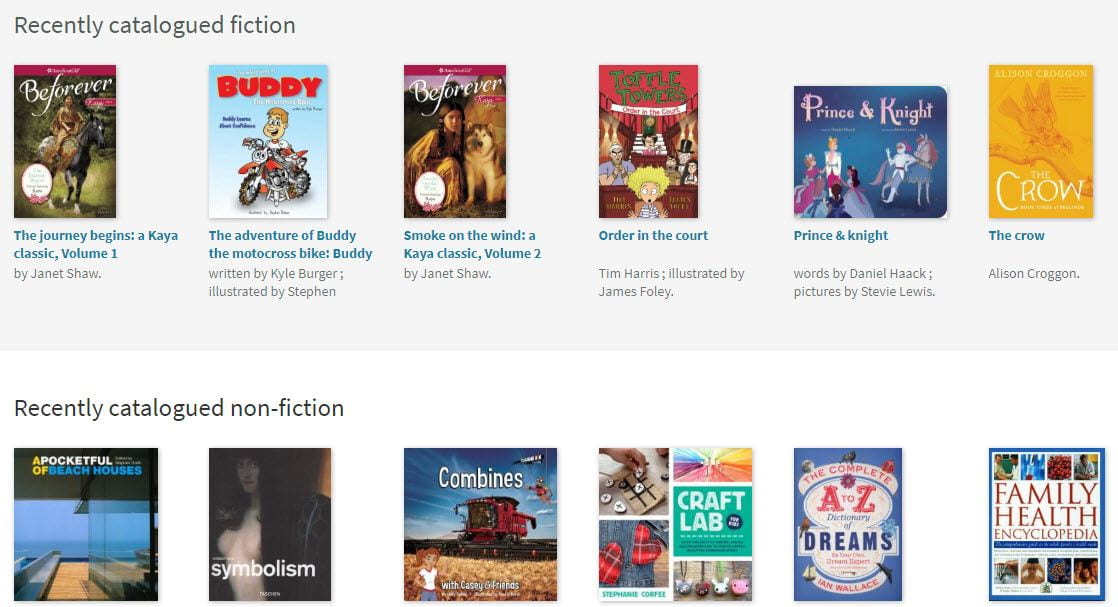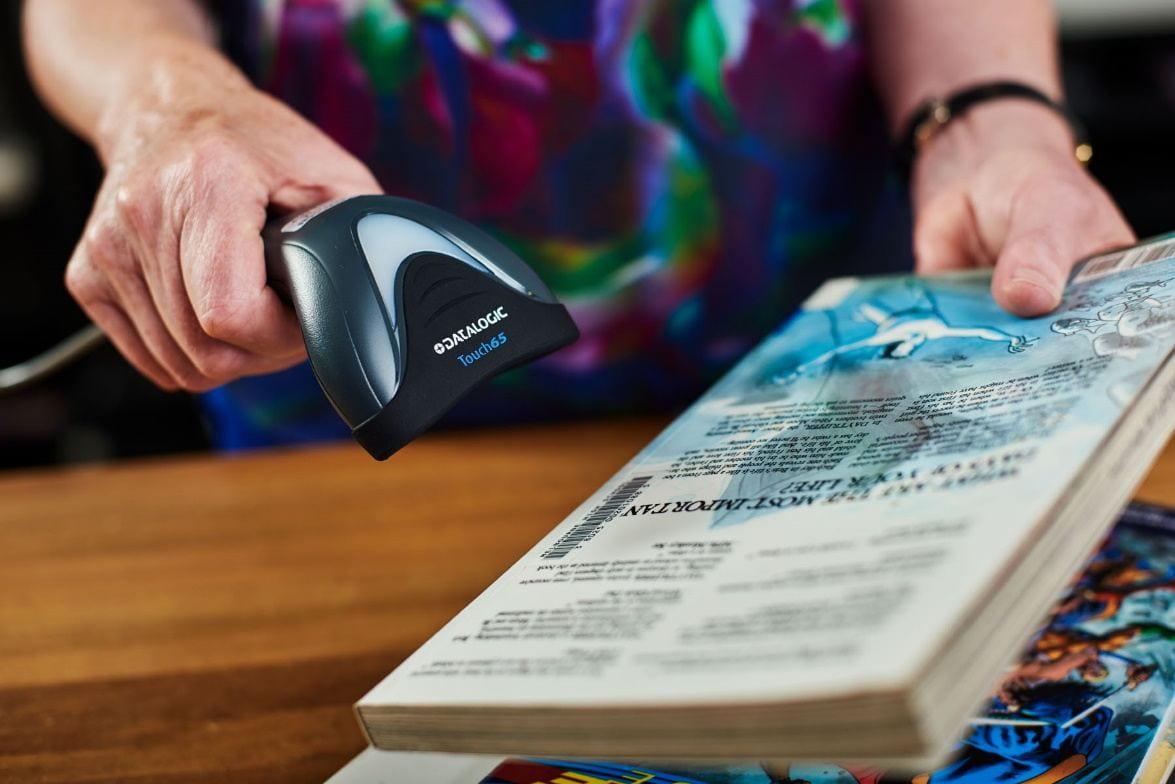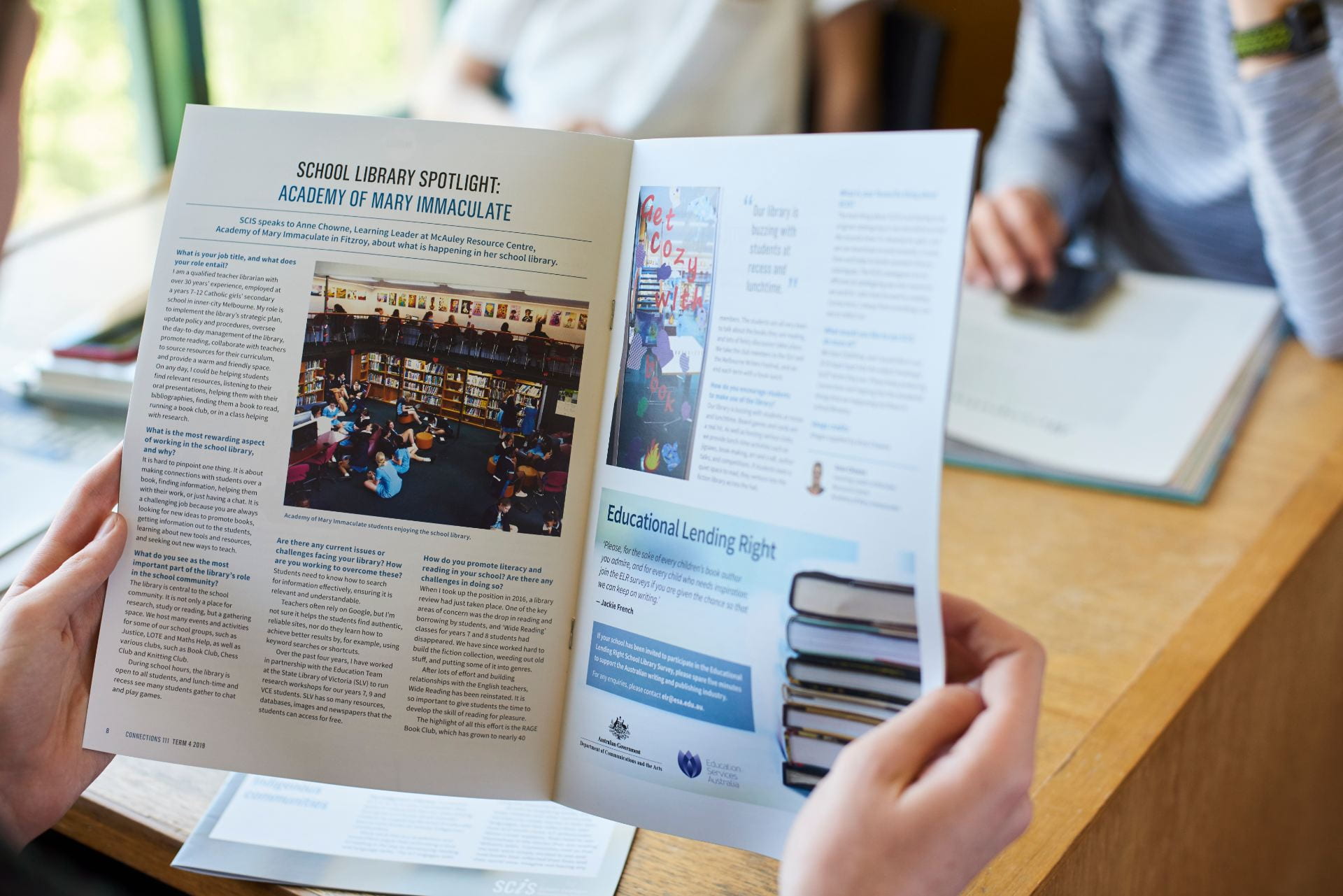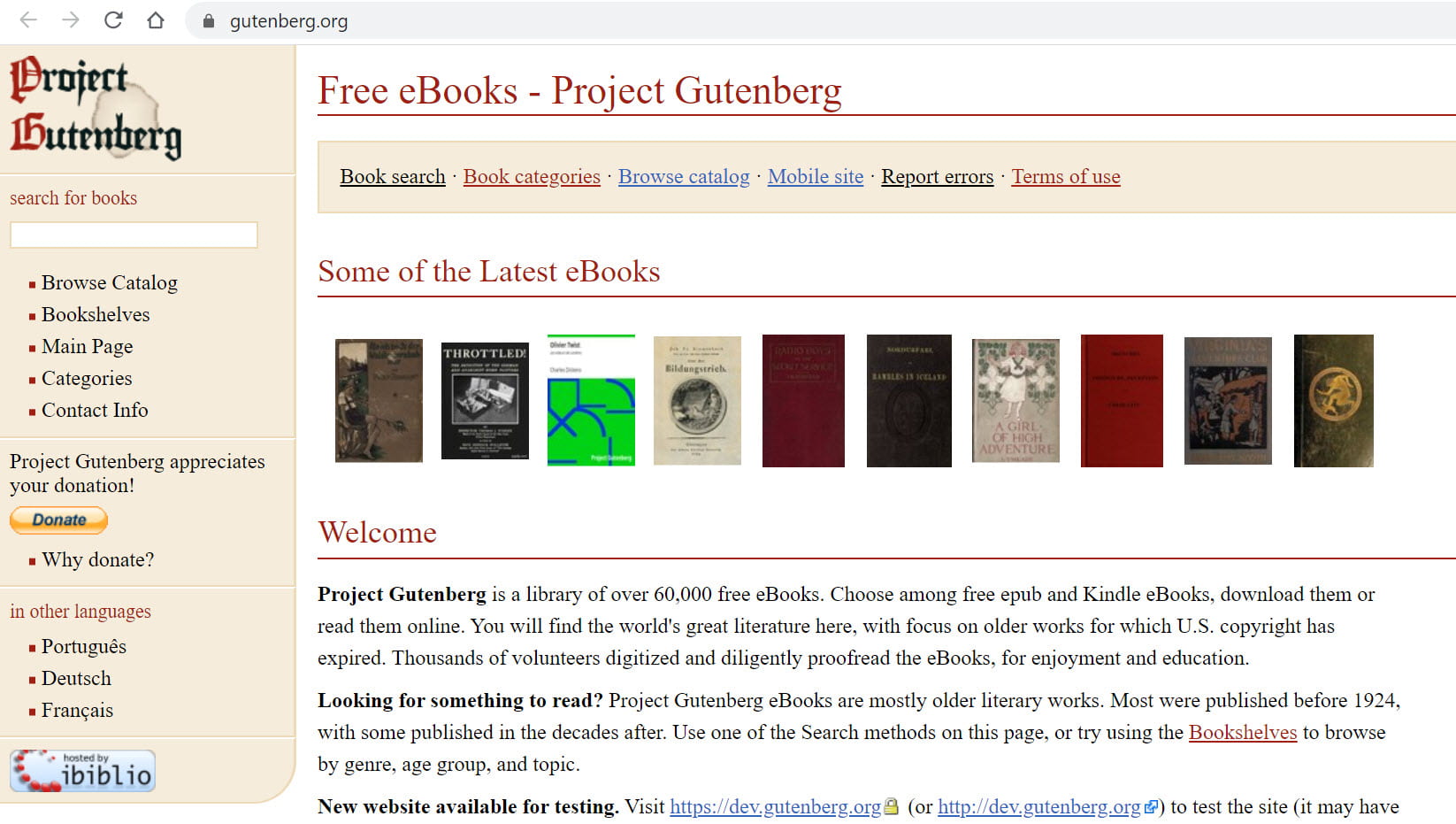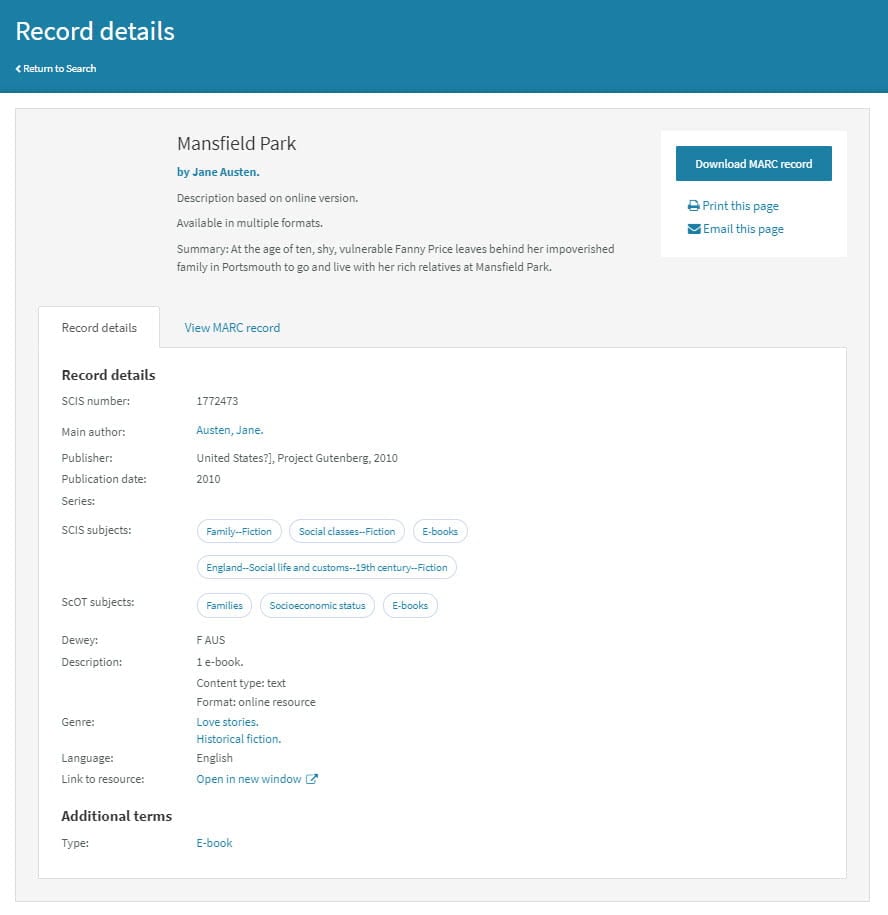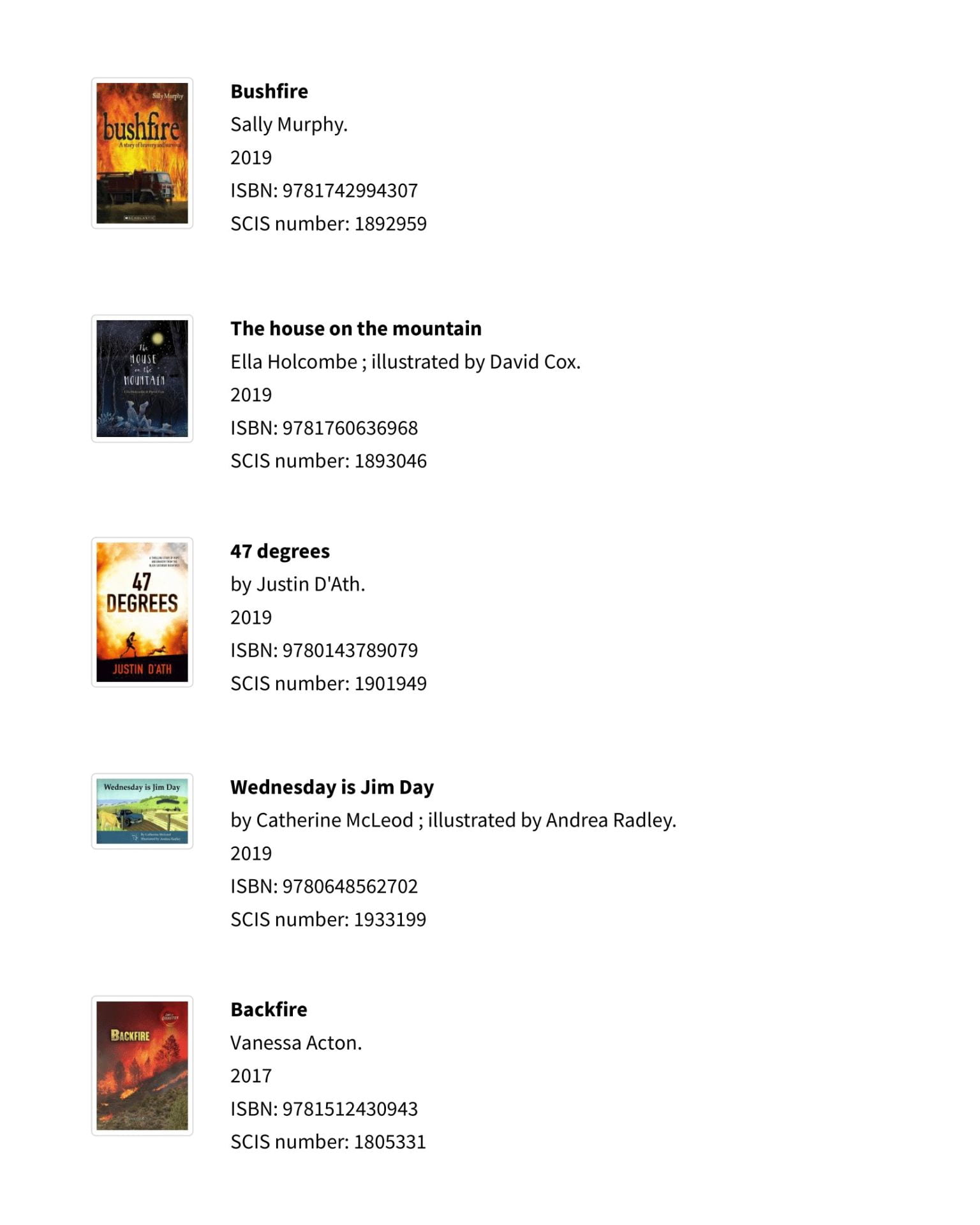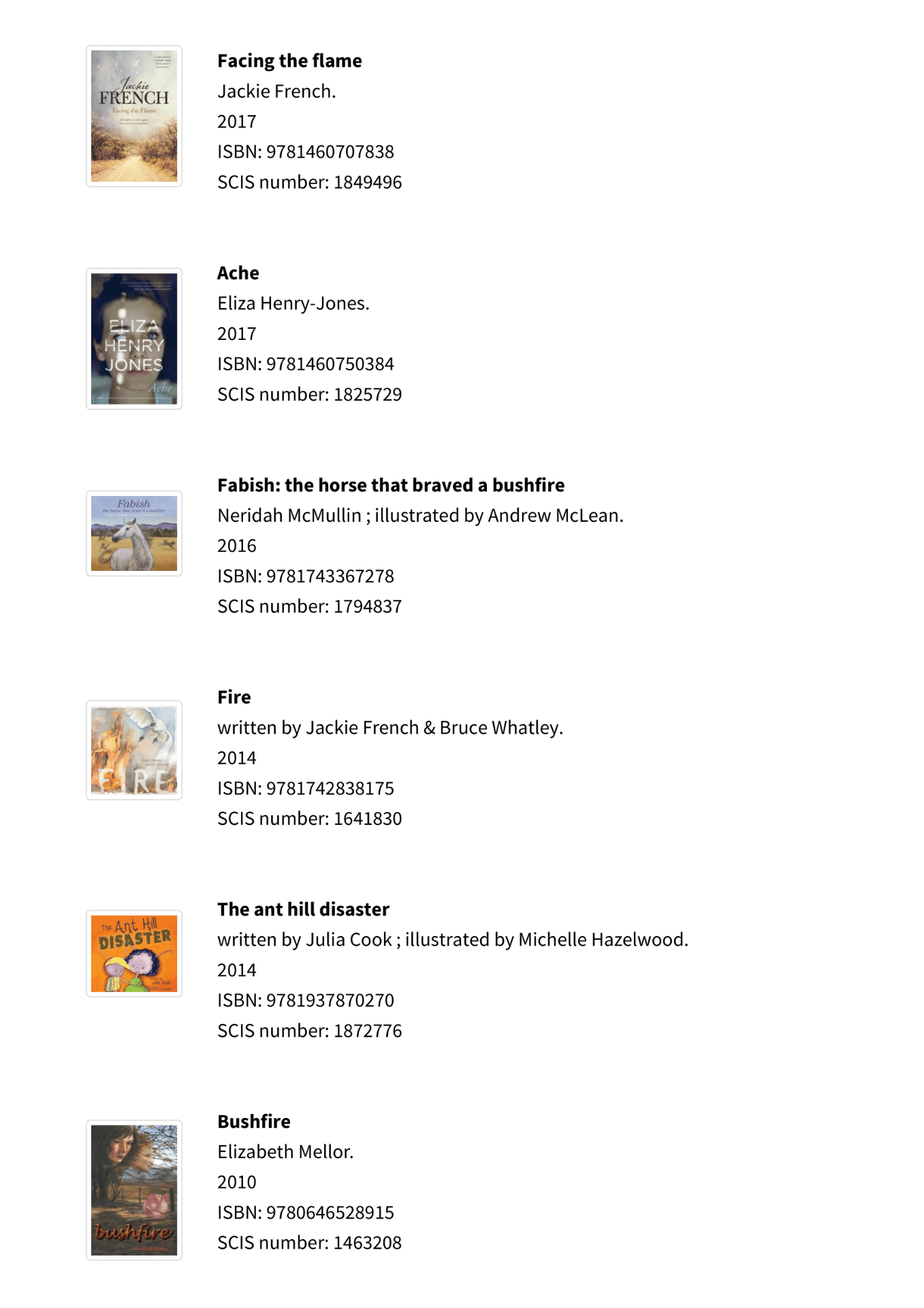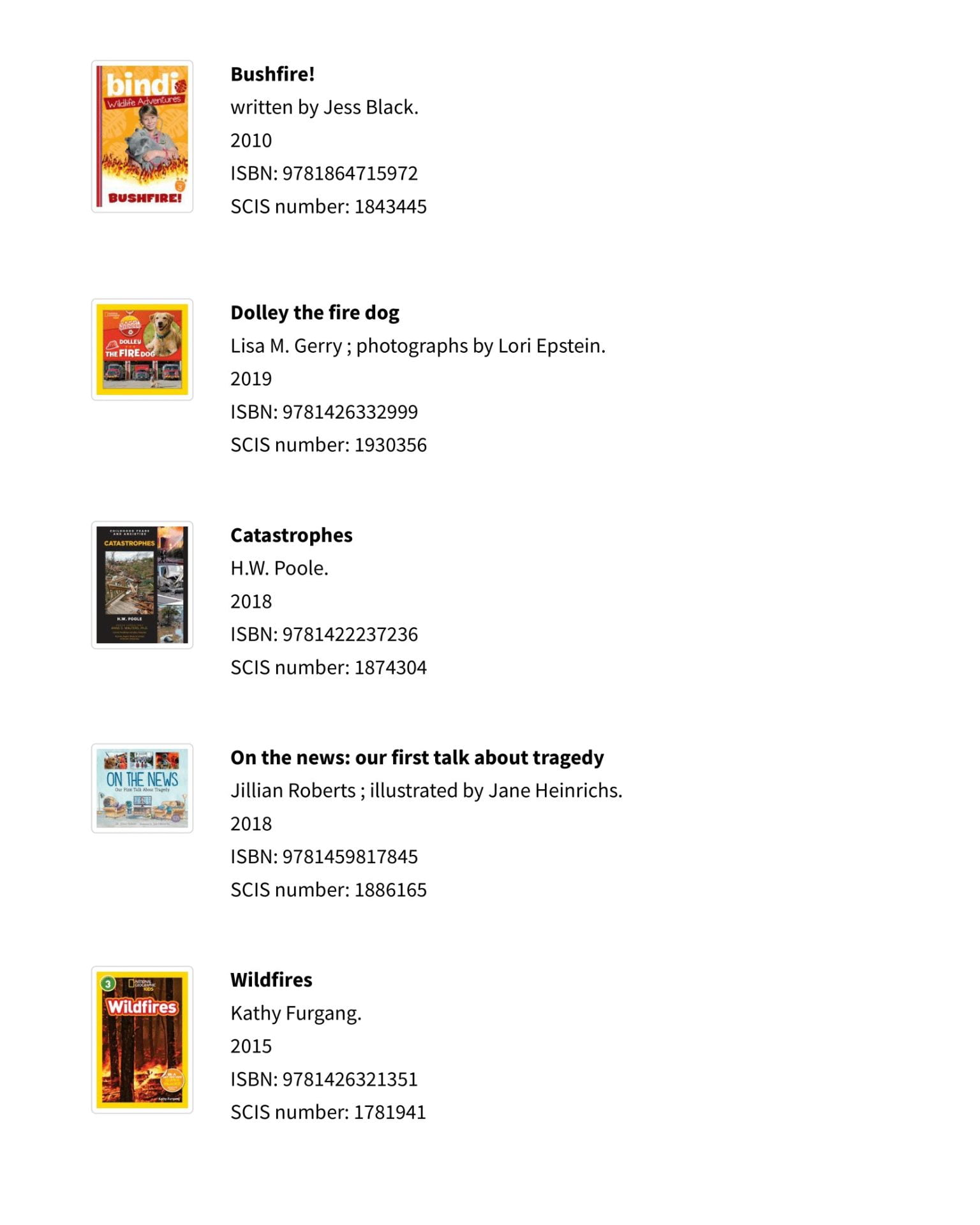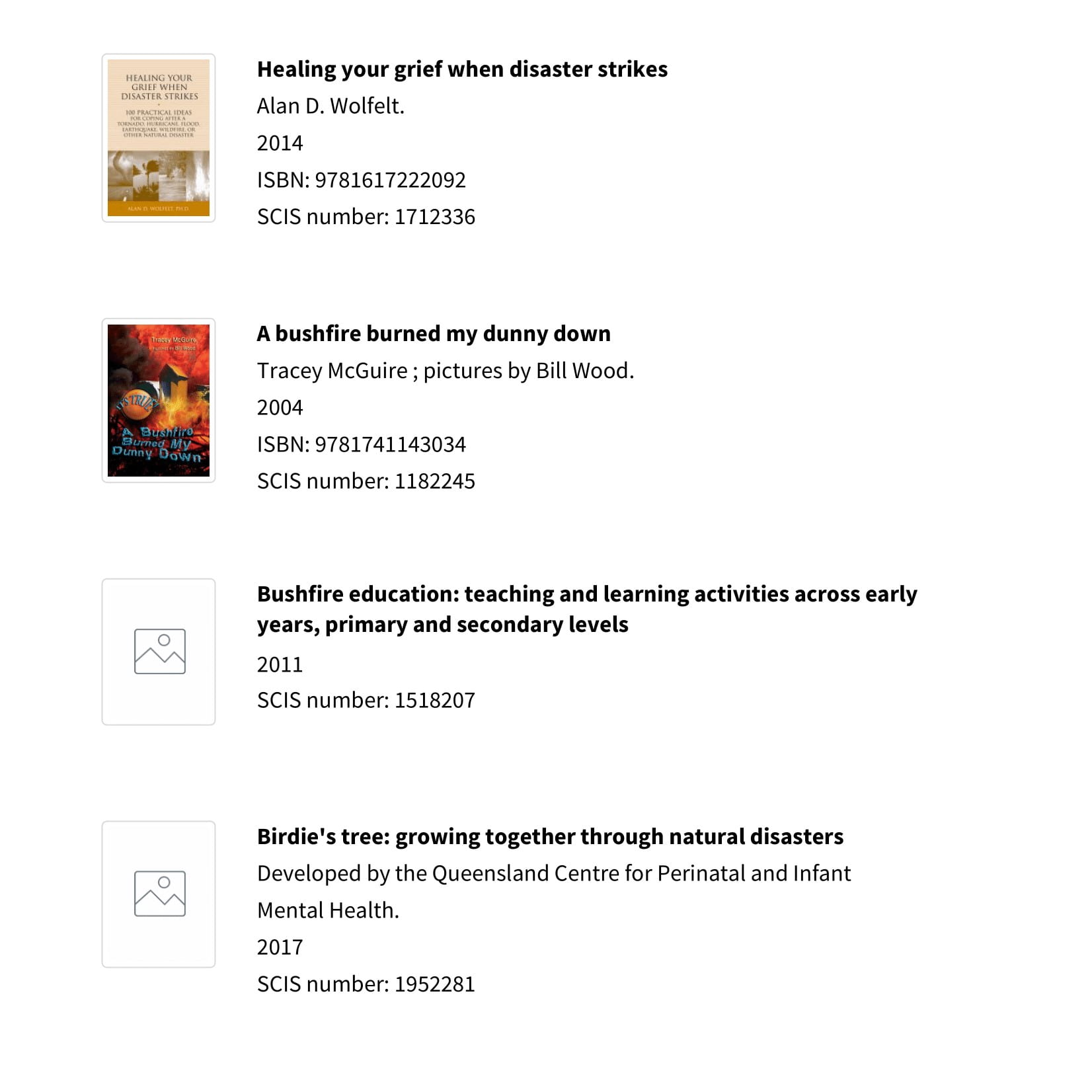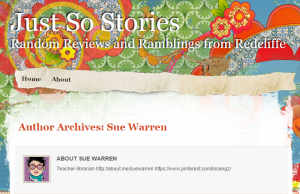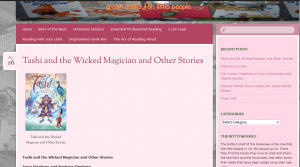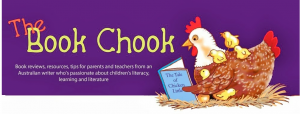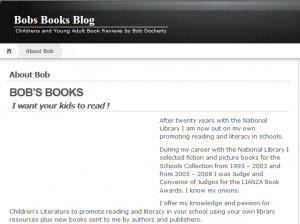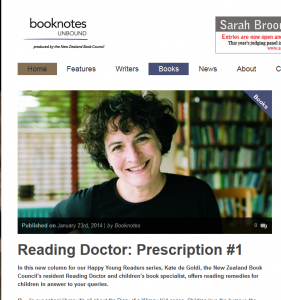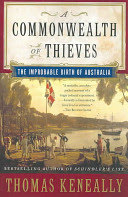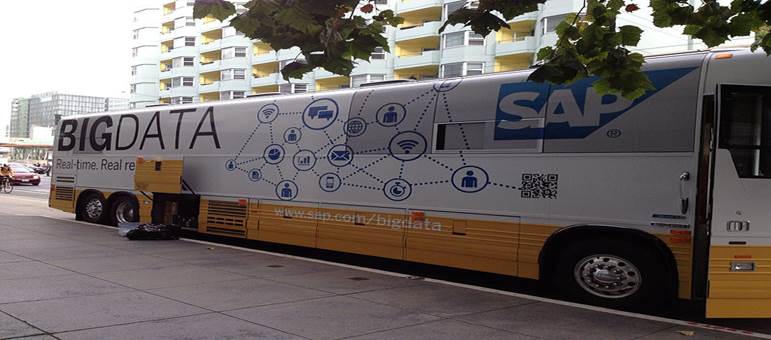Written by Dr Kay Oddone
COVID-19 has transformed daily life in a matter of weeks.
We are working from home, communicating online and wondering when everything will go back to normal.
One of the few positive aspects of this pandemic has been the almost overwhelming outpouring of online resources, strategies and tools that have been shared at an intense rate among educators in Facebook groups, via Twitter and through countless other digital networks.
Teachers the world over are scrambling to adjust to a new reality where face-to-face classrooms do not exist. Transitioning to online learning is challenging at any time, and for everyone, however many have been asked to adopt a whole new way of teaching over a period of days (and sometimes even hours).
As teacher librarians, our job has always been to curate resources and to generate usable collections of credible and useful sites and tools to support the teachers at our school. Now, more than ever, content curation has become a focal point. Teacher librarians are trained to quickly and effectively critically analyse and evaluate learning materials in a way that teachers may not. That being the case, it is more vital than ever before to assist them to navigate the tsunami of information flooding every communication channel by creating curated content.
As teacher librarians, our job has always been to curate resources and to generate usable collections of credible and useful sites and tools to support the teachers at our school.
How do we curate content?
There are many tools available that enable us to quickly compile lists of digital resources. You can read about how to select the best tool for the job here: linkinglearning.com.au/choosing-a-curation-tool.
Using these tools effectively requires skills in ‘content curation’. Traditionally, the term ‘curator’ refers to someone who looks after objects in a museum exhibition. A popular definition of content curation is the act of selecting and collating digital content and organising it so that it may be better used to meet a particular need. Beth Kanter has an excellent primer on content curation, where she hastens to point out that curation is not simply an aggregation of links; it is a process of strategic collection, where what is left out is just as important as what is included. It is also an editorial process, where context-specific knowledge is added to each digital resource, and then delivered via a tool that best suits the needs of the identified audience.
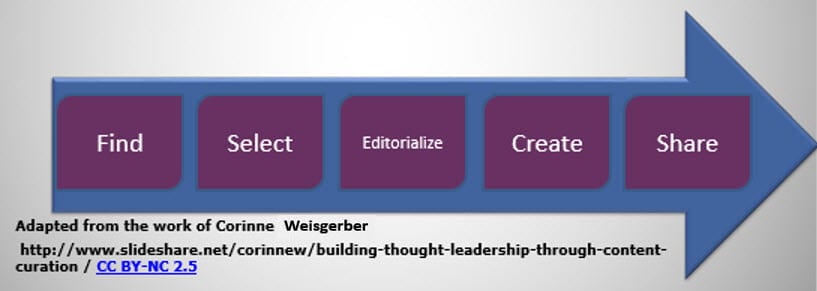
This sounds more complex than it is. It simply means finding quality digital content, evaluating it for a particular purpose, adding extra information for those most likely to use this context for that particular purpose, and sharing it with those users via the most suitable platform.
How do we avoid the pitfalls?
One vital difference between curation in the past and dealing with digital content is the sheer amount of information, and the need to avoid filter bubbles and the temptation to simply collect everything. Joyce Seitzinger describes some of the traits to avoid when curating very succinctly, in her presentation, ‘When educators become curators’.

She describes these traits as follows:
The hoarder: One who collects everything indiscriminately, who doesn’t organise their content, and who doesn’t share — this is really closer to simple aggregation than curation.
The scrooge: One who similarly hoards their information — although they may organise their collection, they don’t share either — one of the key purposes of educational content curation!
The tabloid (or National Enquirer): One who indiscriminately collates everything together, and generously shares this aggregation, whether others want/need it or not!
The robot: One who uses tools to share automatically, with no context-related additions or value-adding — in this case, the curation is really no better than providing a list of Google search results.
Avoiding these pitfalls is what differentiates the effective content curator from those simply ‘collecting’ content.
What are the benefits?
Aside from creating a resource that will be gratefully received by an overwhelmed teacher, a curated collection has many long-lasting benefits that far outweigh simply listing sites or gathering countless links.
A curated collection has many long-lasting benefits that far outweigh simply listing sites or gathering countless links.
Firstly, with so much content being generated daily on social media, resources not curated could easily never be found again. When content is officially published, details such as the title, author’s name, subject headings, ISBN etc (ie the metadata) are attached — either printed on the item or electronically attached. This makes it easy to find and re-find.
User-created content may not have this type of metadata and, if it does, it might not be meaningful for searching. It might be a photograph with no title, a recipe for chilli that someone has shared on Tumblr with the hashtags ‘#yummy’ and ‘#dinnernextmonday’, or a list of sites posted in a Facebook conversation. Curating these resources and adding meaningful annotations and tags will mean that they can be searched for time and time again.
Secondly, while effective searching will return a lot of content, Google will simply not find everything. You may be searching for an item that is sitting somewhere Google doesn’t access — not only lots of social media content but also sites that require a login, like a journal database or library catalogue. You may have seen it once — briefly appearing on your Twitter stream, perhaps when the author published it — but this is the only time you will see it unless you go directly back to that source. Curating useful items makes them discoverable by all of your library users! Even if you can’t link directly to the source within the database, linking to the paywall gives you enough information to access it again if you decide that you really need it.
Finally, digital curation allows you to ‘make hay while the sun shines’ and to take advantage of the wonderful sharing that is happening by giving you the opportunity to create a resource that will continue to support teachers even after calm has been restored.
Digital content curation goes beyond a simple save and is far more than just collecting. It is when we strategically select an item to be added to a collection, which is being compiled for a specific purpose. Collecting is additive but, interestingly, curation is subtractive — what you leave out is almost more important than what you include. A great way to think about collection and curation is described by Frank Chimero in his post about sorting a mass.
Consider collection as a bowl of loose pearls and curation as a pearl necklace. Collection is like a bowl of pearls. The individual pearls may be of great value, but they are pretty useless just gathered together in the bowl. Curation is what happens when particular pearls are selected from the bowl, and strung into a beautiful necklace. The pearls now have a purpose — they have been carefully selected and added to the necklace in a particular order. The necklace, which has fewer pearls than the bowl, but which can be publicly admired and worn, is worth more than the sum of its parts.
When we curate content, we add an annotation to each item, to explain to others why this piece was chosen, and how it fits within the collection. This makes the individual items more meaningful for others and brings the collection together as a whole resource.
When you have a collection of random links, the individual items may be useful, but the list itself means nothing. A carefully curated collection is a resource that stands alone. It can be useful to you — when you go back to these resources, your annotation will remind you of why you saved it and how it will be useful — and it will be of value to others if they are seeking an overview/introduction/entry into a topic. Creating a curated collection also makes a group of resources easily shareable and useable — it will ‘travel’ with you as it will (more often than not) exist online, and be publicly accessible to you and others whenever you need it.
Applying curation principles also allows us to create a resource that a teacher can pick up and use with confidence, as they know that the links included have been carefully selected to suit their teaching context.
I’ve written a lot on curation over the years, and the reason is that I believe that as our collections morph into a digital-physical hybrid, curation will become just as, if not more important than collection development. It will allow us as teacher librarians to remix physical and digital resources to become accessible to our community in new ways. COVID-19 has transformed the world in so many ways, but for teacher librarians, it has offered us an amazing opportunity to show everyone not only what value we can add, but also that students (and teachers) need school libraries! Now more than ever!
COVID-19 has transformed the world in so many ways, but for teacher librarians, it has offered us an amazing opportunity to show everyone not only what value we can add, but also that students (and teachers) need school libraries! Now more than ever!
A word about content curation and copyright
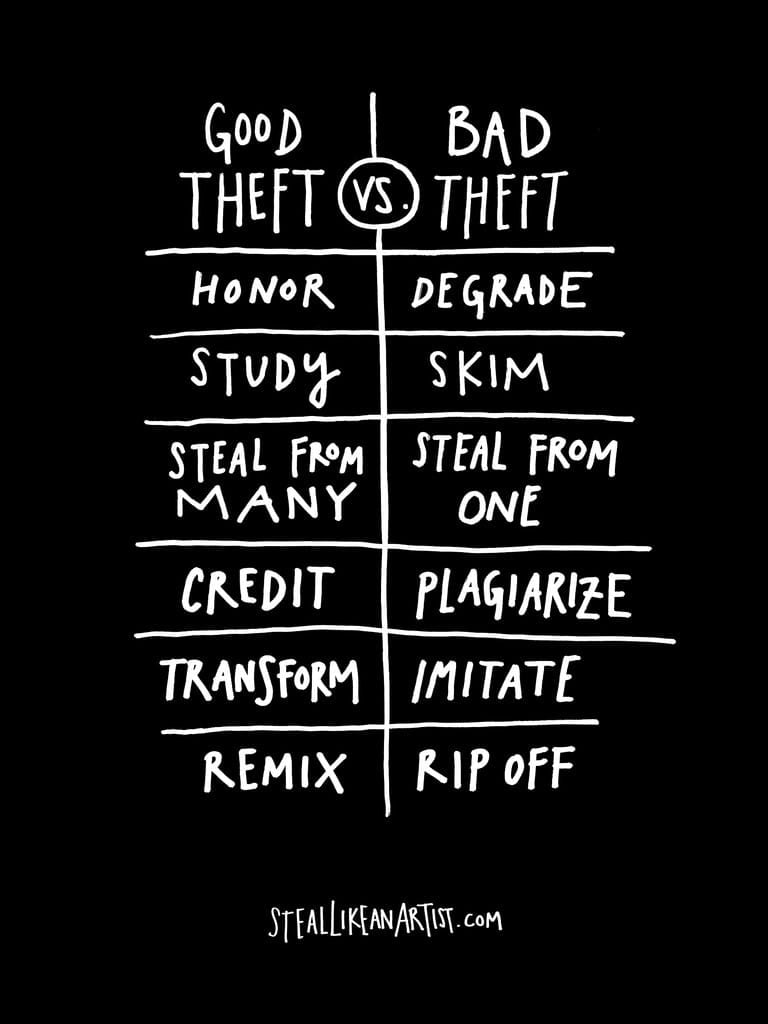 Creative Commons licensed (BY-NC-ND) Flickr photo shared by Austin Kleon
Creative Commons licensed (BY-NC-ND) Flickr photo shared by Austin Kleon
Although curation is not ‘theft’, all of the tips that Austin Kleon shares in his book, Steal like an artist — itself a treatise on reusing online content ethically — apply to ethical content curation.
Always link directly back to the source when curating. This is automatically taken care of when you use a curation tool such as elink. However, I believe that it is good practice that if you find a site that references a great idea or image, rather than simply linking to that site, take the trouble to go back to the original creator’s publication of that idea, and link to there. An example:
A popular blog shares a post about a great resource they have discovered, which is created by a third party. Rather than linking to the blog post when curating the link about the great resource, take the time to go back to the third party’s original post and curate this link. Therefore, the creator gets correct attribution, rather than the blogger who wrote about it.
This is particularly important when curating from pages that include articles like ‘10 great tools for x’ — these are aggregations themselves of original work and not the original creation.
Copyright is all about protecting the income of the creator; therefore, ensure that nothing you publish in a curated list directs users away from the original, particularly if the original is a source of income for that creator. Always ensure that you attribute or reference where you sourced the original content from (again, something most content curation tools do automatically, but good to remember) and, wherever possible, ensure there is no way that users of your collections might mistake others’ work for your own.
Curating widely from various sources, rather than wholesale replication of others’ work on your own pages is also good practice, not only to avoid the risk of plagiarism but also to ensure you are providing a resource with a breadth of perspectives and information.
How are you curating resources that you discover? Let’s keep the discussion going!
Updated 6 April 2020.
Dr Kay Oddone is an educator who has spent over twenty years working in Primary, Secondary and Tertiary contexts. As Head of Libraries at Australian International School in Singapore, she leads the four school libraries on the campus, and is also the Secondary School Teacher Librarian, supporting over 1000 students and approximately 250 staff. She is passionate about digital literacies, critical digital pedagogies and open educational practices, and has published research on how teachers enhance their professional learning through online personal learning networks.
Kay loves reading, nerding out online and travelling, and spends her free time walking her Jack Russell, Ruby, and discovering restaurants in her new neighbourhood. She can be found on Twitter @KayOddone and blogs at www.linkinglearning.com.au

